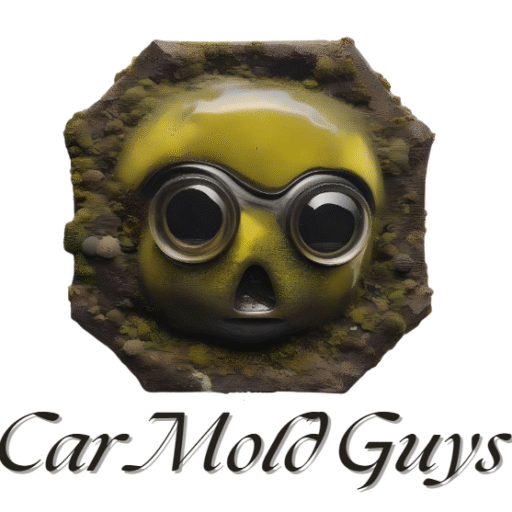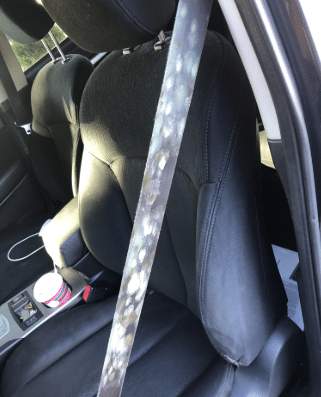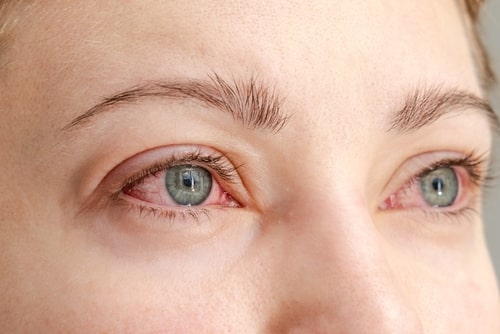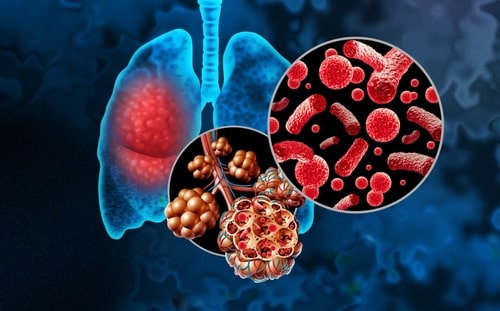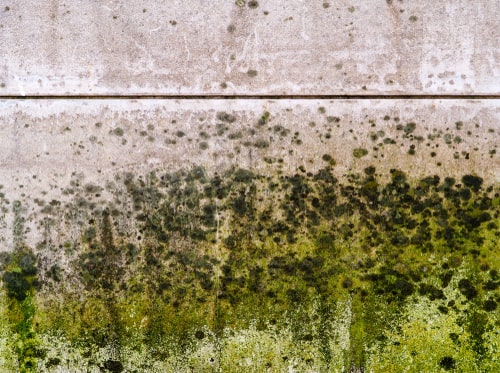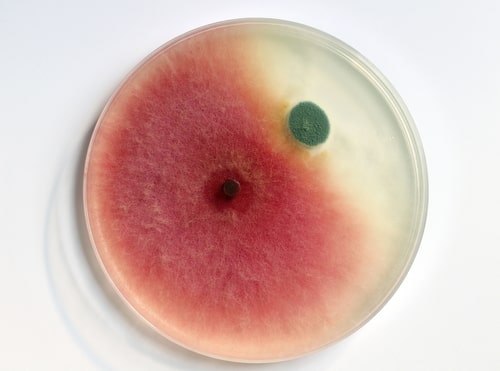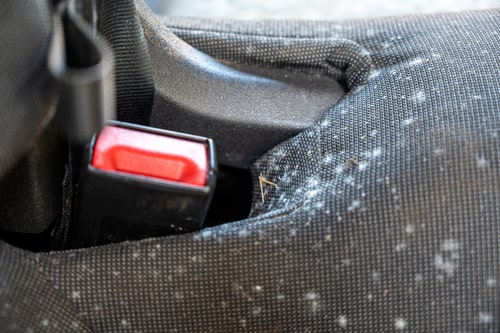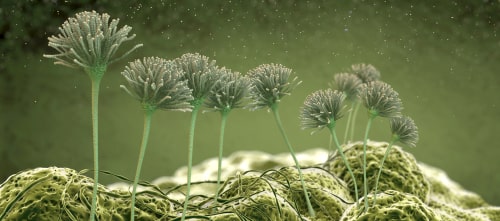Brief Overview of Car Mold Issues
Mold in cars is a common issue that many vehicle owners face, particularly in humid or damp climates. Mold can develop quickly in enclosed spaces, feeding on organic materials and moisture present in the car’s interior. Left unchecked, mold can cause significant damage to your vehicle and pose serious health risks to its occupants.
Importance of Addressing Mold Promptly
Addressing mold promptly is crucial to prevent its spread and mitigate potential health hazards. Mold spores can easily become airborne and inhaled, leading to respiratory issues, allergies, and other health problems. Additionally, mold can deteriorate fabrics, carpets, and other materials within the car, reducing its value and comfort.
This comprehensive FAQ aims to provide vehicle owners with all the essential information about car mold remediation. From identifying mold and understanding the risks, to learning about prevention and remediation methods, this guide covers everything you need to know to keep your car mold-free.
-
What is Car Mold?
Definition and Types of Mold Commonly Found in Cars
Mold is a type of fungus that thrives in damp, humid environments. It reproduces through tiny spores that are carried through the air. When these spores land on a moist surface, they begin to grow and spread. Mold can appear in various colors, including black, green, white, and yellow, and it often has a musty odor. Mold can thrive in damp, warm, and poorly ventilated environments, making cars a potential breeding ground, especially when they have water leaks or humidity issues.
-
Common types of mold found in cars
- Aspergillus: Often found in areas with high humidity and poor ventilation, such as car interiors.
- Cladosporium: Typically appears on fabrics and carpets, common in vehicles with water damage.
- Penicillium: Grows on organic materials, such as food residues left in the car.
- Stachybotrys (Black Mold): One of the most dangerous types
These molds thrive in damp, warm environments and can quickly colonize areas such as seats, carpets, and air conditioning systems.
-
Causes of Mold Growth in Vehicles
Several factors contribute to mold growth in cars, including:
- Moisture and Humidity: High levels of moisture or humidity inside the vehicle create an ideal environment for mold to grow.
- Water Leaks: Leaks from windows, sunroofs, or doors can allow water to enter the vehicle, leading to mold growth.
- Spills: Liquid spills on carpets and upholstery, if not cleaned promptly, can lead to mold development.
- Poor Ventilation: Lack of adequate ventilation prevents moisture from evaporating, promoting mold growth.
- Flood Damage: Cars that have been flooded are highly susceptible to mold.
-
Why is Mold in Cars Dangerous?
Health Risks Associated with Mold Exposure
Exposure to mold can lead to a variety of health issues, particularly for individuals with allergies, asthma, or weakened immune systems. Common symptoms include:
- Respiratory Issues: Inhaling mold spores can cause respiratory problems such as coughing, wheezing, and asthma attacks.
- Allergic Reactions: Mold can trigger allergic reactions, including sneezing, runny nose, and itchy eyes.
- Skin Irritation: Direct contact with mold can cause skin irritation and rashes.
- Infections: In severe cases, exposure to mold can lead to fungal infections, particularly in individuals with weakened immune systems.
- Irritation of the eyes, nose, and throat
- Headaches and fatigue
Potential Damage to the Car’s Interior and Systems
Mold not only poses health risks but can also cause extensive damage to your car’s interior. It can deteriorate fabrics, carpets, and leather, leading to unpleasant odors and an unsightly appearance. Mold can also infiltrate the car’s heating and air conditioning systems, spreading spores throughout the vehicle and making it difficult to eliminate the problem entirely.
-
How Can I Identify Mold in My Car?
Signs of Mold Growth (Visual and Smell)
Identifying mold in your car involves looking for visual signs and detecting unusual odors. Common indicators of mold growth include:
- Visible mold spots on seats, carpets, and other surfaces
- A musty or earthy smell inside the vehicle
- Discoloration or staining on fabrics and materials
- Condensation on windows and surfaces
Common Areas Where Mold Can Grow
Mold can grow in various areas of your car, often in places that retain moisture. Key areas to check for mold include:
- Under the seats and floor mats
- In the trunk, especially if it is used to store damp items
- Around windows and sunroofs where leaks may occur
- Inside the air conditioning and heating vents
-
What Should I Do If I Find Mold in My Car?
Immediate Steps to Take Upon Discovering Mold
If you discover mold in your car, it’s important to act quickly to prevent further spread and health risks. Here are the immediate steps you should take:
- Safety First: Wear protective gear, such as gloves and a mask, to avoid direct contact with mold spores.
- Remove Moisture: Identify and eliminate the source of moisture. Dry out the car using fans, dehumidifiers, or by parking in a sunny spot with windows open.
- Clean Affected Areas: Use appropriate cleaning solutions to scrub mold off surfaces. Be thorough and ensure all mold is removed.
- Dispose of Contaminated Materials: Remove and dispose of heavily contaminated items, such as carpets or upholstery, that cannot be adequately cleaned.
- Consider Professional Help: For severe mold infestations, seek professional remediation services.
Safety Precautions
When dealing with mold, always prioritize safety. Ensure good ventilation during cleaning and use protective equipment to minimize exposure. If the mold infestation is extensive, consider consulting a professional for a thorough remediation.
-
How Can I Prevent Mold Growth in My Car?
- Preventing mold growth in your car involves regular maintenance and proactive measures. Here are some tips to keep your car mold-free:
- Keep It Dry: Regularly check for and address any leaks or water entry points. Use floor mats to absorb moisture.
- Ventilation: Ensure proper ventilation by using air conditioning or opening windows to reduce humidity levels.
- Clean Spills Promptly: Immediately clean up any liquid spills to prevent moisture accumulation.
- Regular Cleaning: Regularly clean the interior of your car, including carpets, seats, and surfaces, to prevent mold growth.
- Use Desiccants: Place desiccants, like silica gel packs, inside the car to absorb excess moisture.
-
How Do Professionals Remediate Car Mold?
Overview of Professional Mold Remediation Processes
Professional mold remediation services use specialized equipment and techniques to effectively remove mold from your car.
Professional mold remediation involves several steps:
- Inspection: Professionals begin with a thorough inspection to assess the extent of mold growth and identify moisture sources.
- Containment: They isolate the affected areas to prevent mold spores from spreading during the remediation process.
- Removal: Using specialized equipment and industrial-grade cleaning solutions and equipment to remove mold.
- Applying antimicrobial treatments to prevent future growth.
- Drying: They use industrial dehumidifiers and fans to dry out the interior completely.
- Restoration: Finally, they restore or replace any damaged or contaminated materials, ensuring the car is mold-free.
Benefits of Hiring Professionals
Hiring professionals for mold remediation ensures thorough and effective treatment. Professionals have the expertise and tools necessary to address mold issues comprehensively, reducing the risk of recurrence and ensuring a safer vehicle environment.
-
Can I Remove Mold from My Car Myself?
. Can I Remove Mold from My Car Myself?
DIY Mold Remediation Methods
Follow these steps for DIY mold remediation:
- Gather Supplies: You will need gloves, a mask, cleaning such as vinegar or a commercial mold cleaner, a scrub brush, and a vacuum with a HEPA filter
- Using baking soda to absorb moisture and deodorize
- Applying a hydrogen peroxide solution for mold removal
- Dry the Area: Use fans or dehumidifiers to dry out the car’s interior.
- Scrub Surfaces: Apply the cleaning solution to the moldy areas and scrub thoroughly. Be sure to reach all nooks and crannies.
- Vacuum: Use the HEPA vacuum to remove any loose mold spores and debris.
- Repeat as Necessary: You may need to repeat the cleaning process several times to ensure all mold is removed.
Pros and Cons of DIY vs. Professional Remediation
While DIY methods can be cost-effective, they may not be as thorough as professional services. DIY remediation can be suitable for small, localized mold problems, but extensive infestations often require professional intervention to ensure complete removal and prevent future growth.
-
How Do I Clean Car Seats and Upholstery Affected by Mold?
Cleaning car seats and upholstery affected by mold involves several steps:
- Vacuum: Use a vacuum with a HEPA
-
What Products Are Effective for Car Mold Removal?
Recommended Cleaning Products
- Vinegar: A natural and non-toxic option, vinegar can kill many types of mold. Mix vinegar with water in a spray bottle for application.
- Hydrogen Peroxide: Effective against mold and bacteria, hydrogen peroxide can be sprayed directly onto moldy surfaces.
- Commercial Mold Cleaners: Products specifically designed for mold removal, such as RMR-86 or Concrobium, are highly effective.
- Baking Soda: A mild abrasive and natural deodorizer, baking soda can be used to scrub mold off surfaces.
- Tea Tree Oil: An antifungal essential oil, tea tree oil can be mixed with water and sprayed onto moldy areas.
Natural vs. Chemical Cleaners
Both natural and chemical cleaners can be effective for mold removal. Natural cleaners like vinegar and baking soda are eco-friendly and safe for most surfaces, while chemical cleaners may offer stronger mold-killing properties but can be harsher on materials and the environment.
-
How Much Does Car Mold Remediation Cost?
Factors Influencing the Cost
The cost of car mold remediation can vary based on several factors, including:
- The extent of the mold infestation
- The size of the vehicle
- The type of mold present
- The specific services required
Average Price Range for Professional Services
With Lonadier’s Mold Remediation a conversation is always required to provide an accurate ceramic or graphine quote. You can expect a range of $600 to $1,200, which includes the Glassparency five-year warranty.
-
How Long Does the Mold Remediation Process Take?
Timeframe for Professional and DIY Remediation
The time required for mold remediation depends on the extent of the infestation and the methods used. For minor mold problems, the process may take a few hours to a day. Professional remediation for severe mold issues can take several days, including inspection, cleaning, drying, and restoration.
Factors Affecting the Duration
Factors that can influence the duration of the remediation process include:
- The extent of mold growth
- The size of the vehicle
- The type of mold present
- The thoroughness of the cleaning process
-
Can Mold Return After Remediation?
Chances of Mold Reoccurrence
Mold can return if the underlying causes of moisture are not addressed. Even after thorough remediation, mold spores can reappear if the car continues to have high humidity, leaks, or poor ventilation.
Tips to Prevent Mold from Coming Back
To prevent mold from returning, follow these tips:
- Regularly inspect and repair any leaks or water damage.
- Keep the car well-ventilated, especially after exposure to moisture.
- Use moisture absorbers to maintain low humidity levels.
- Clean and dry spills immediately to prevent moisture buildup.
-
Are there Any Long-Term Effects of Mold Exposure in Cars?
Long-term exposure to mold in cars can have several health effects, including:
- Chronic Respiratory Issues: Prolonged exposure to mold spores can lead to chronic respiratory conditions such as asthma and bronchitis.
- Allergic Reactions: Continuous exposure can cause persistent allergic reactions, including sneezing, runny nose, and itchy eyes.
- Skin Conditions: Ongoing contact with mold can result in skin irritation, rashes, and other dermatological issues.
- Weakened Immune System: Long-term exposure to mold can weaken the immune system, making individuals more susceptible to infections and illnesses.
-
What Should I Consider When Choosing a Professional Mold Remediation Service?
Key Factors to Consider When Choosing a Service
- Experience and Expertise: Choose a company with extensive experience in mold remediation and trained technicians.
- Certifications: Look for certifications from recognized organizations, such as the Institute of Inspection Cleaning and Restoration Certification (IICRC).
- Reputation: Check reviews and testimonials from previous customers to gauge the company’s reputation.
- Services Offered: Ensure the company provides comprehensive mold remediation services, including inspection, cleaning, drying, and restoration.
Cost and Warranty: Compare costs and inquire about warranties or guarantees on their work.

